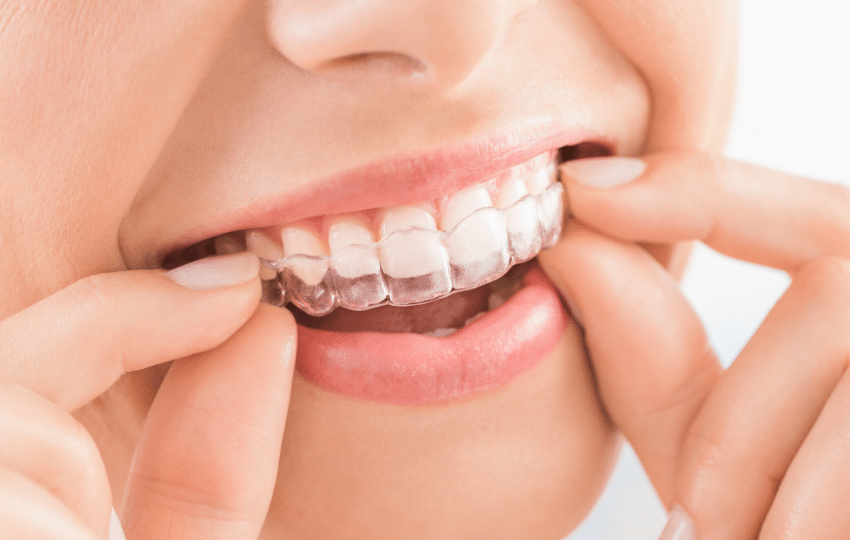In recent years, Invisalign has become one of the most popular alternatives to traditional metal braces. It’s clear, discreet, removable, and generally more comfortable. But a common concern among potential patients is whether Invisalign can correct all types of teeth misalignment. Let’s explore how effective this treatment is and where it might have limitations.
How Invisalign Works
Invisalign uses a series of custom-made, clear plastic aligners that gradually shift teeth into their proper position. These aligners are worn for about 20 to 22 hours a day and are replaced every one to two weeks. Over time, the aligners apply gentle, controlled force to move the teeth based on a carefully designed treatment plan.
Effective for Mild to Moderate Cases
Invisalign is particularly effective for mild to moderate misalignment issues. Here are some common conditions that Invisalign can treat successfully:
- Gapped Teeth – Spaces between teeth due to missing teeth or abnormal jaw growth.
- Crowded Teeth – Teeth that overlap because there isn’t enough room in the jaw.
- Overbite – When the upper front teeth overlap the lower front teeth too much.
- Underbite – When the lower front teeth extend beyond the upper front teeth.
- Crossbite – When some of the upper teeth sit inside the lower teeth.
- Open Bite – When the upper and lower teeth don’t touch when the mouth is closed.
Thanks to advancements in aligner technology and the expertise of clinics like Clinique Savaris Invisalign, even more complex cases can sometimes be treated with aligners, especially when attachments or precision cuts are used.
Where Invisalign May Fall Short
While Invisalign is highly effective for many people, it does have its limitations. Severe orthodontic issues may not respond as well to clear aligners as they would to traditional braces or other appliances.
Here are cases where Invisalign might not be the best option:
- Severe crowding or spacing that requires extensive movement
- Rotated teeth, especially premolars that need a large degree of rotation
- Significant bite corrections, such as deep overbites or large underbites
- Vertical tooth movement, which is more easily achieved with traditional braces
In such situations, orthodontists might recommend using Invisalign in combination with other tools or suggest going with traditional braces for optimal results.
The Role of the Orthodontist
The success of Invisalign treatment depends heavily on the skill and experience of the provider. Orthodontists with advanced training in aligner therapy are better equipped to handle complex cases. They can determine whether Invisalign is suitable for your specific needs through a comprehensive evaluation that may include 3D scans, x-rays, and digital modeling.
Patient Compliance is Key
One crucial factor in the effectiveness of Invisalign is patient compliance. Unlike braces, which are fixed to the teeth, Invisalign aligners can be removed. While this offers convenience and ease of cleaning, it also requires discipline.
Patients who don’t wear their aligners for the recommended time each day may see slower results or less effective outcomes. It’s essential to wear them for at least 20 to 22 hours daily and follow all the care instructions.
Final Thoughts
Invisalign is an excellent solution for many alignment problems, especially when patients are looking for a discreet and comfortable option. However, it’s not a one-size-fits-all solution. Whether Invisalign is right for you depends on the complexity of your case and your willingness to follow treatment instructions closely.
Conclusion
So, is Invisalign effective for all types of misalignment? The answer is: not always, but for many mild to moderate cases, it delivers outstanding results. A skilled orthodontist can help determine the best course of action, whether that’s Invisalign, braces, or a combination of treatments.

